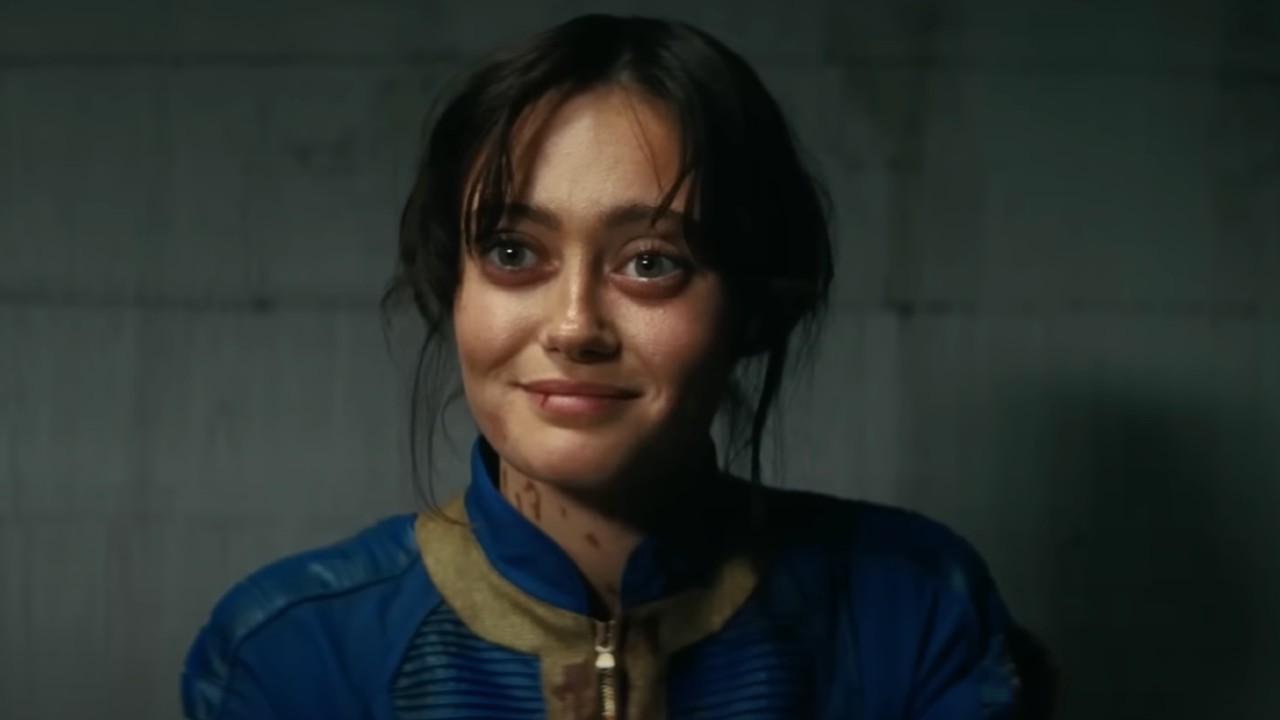We’ve all had the experience of waking up in a cold sweat from a terrifying nightmare. Sometimes your unconscious mind can find what truly scares you and shake you to your core. You go through your normal routine but just can’t let go of what you felt. But what if your dream wasn’t just a dream? What if it was actually a premonition? What would you do? This is the central premise behind Jeff Nichols’ Take Shelter.
Michael Shannon stars as Curtis, a caring husband to Stephanie (Jessica Chastain) and his deaf daughter, Hannah (Tova Stewart). One night he has a dream about an apocalyptic rain storm complete with multiple tornados and thick, yellow rain. Over the next few weeks, his nightly visions get worse and more intense and he begins to experience hallucinations during the day. Curtis begins to believe that it's a sign of real impending doom, and the unease makes it impossible for him to act normally around his family, his friends and even his own dog. Fearing for the safety of his wife and daughter, he begins to construct an elaborate tornado shelter in his backyard that can weather the coming storm. But as Curtis works, he begins to question if what he’s been witnessing is an actual sign or if he’s simply losing his mind.
As a character piece, Take Shelter rests almost entirely on the shoulders of Shannon, who carries it brilliantly. Curtis is a man at war within his own mind, half of him believing that he needs to do everything he can to protect his family, the other half questioning the reasonability of those actions. Because Curtis holds up an emotional shield and resists telling his wife about his visions, Shannon’s performance requires a visage of normalcy hiding constant fear and panic, which he does perfectly. With the exception of one intense, emotional outburst, the majority of the film requires nuance from the actor, which he accomplishes with deep, panicked stares and subtle twitches. The film doesn’t work if you don’t care about Curtis’ mental well-being, and Shannon's turn makes sure you care.
Nichols' script is deliberately paced so that the audience shares in every moment of Curtis's descent. We suffer right alongside him, so that even when he begins to get lost in his own thoughts at work or ducks at the sound of imaginary thunder it never seems jarring or over the top. The other characters, such as Samantha or Dewart (Shea Whigham), one of his friends from work, aren’t as well-developed as Curtis, but effectively serve to emphasize the protagonist’s changing nature. There are certain elements in the story that are slightly underdeveloped (Curtis begins counseling but we only see him in one session), and some scenes prove to be expendable, but overall the narrative is well-structured to carry the audience through our conflicted hero's emotional turmoil.
From a visual standpoint, Take Shelter is an absolute marvel. The visual effects employed during Curtis’ dreams and hallucinations are both disturbing and stunning, as Nichols has created some of the most terrifying storms you will ever see in your life. Even beyond the effects, however, Nichols has crafted a filmic splendor. He's particularly good at lighting, especially in scenes involving the underground storm shelter, where he mixes eerie shadows and lights that give the asylum a mood of its own. Making perfect use of both shadows and sickly storm light, the tone and mood of every scene is established from the first shot.
Take Shelter is an expertly crafted film from top to bottom. A psychological thriller and family drama framed as a character piece, the movie is deep without being too complex and slowly paced without ever lagging. This is the second time that Michael Shannon has worked with Jeff Nichols and if we’re lucky it won’t be the last.
Your Daily Blend of Entertainment News

Eric Eisenberg is the Assistant Managing Editor at CinemaBlend. After graduating Boston University and earning a bachelor’s degree in journalism, he took a part-time job as a staff writer for CinemaBlend, and after six months was offered the opportunity to move to Los Angeles and take on a newly created West Coast Editor position. Over a decade later, he's continuing to advance his interests and expertise. In addition to conducting filmmaker interviews and contributing to the news and feature content of the site, Eric also oversees the Movie Reviews section, writes the the weekend box office report (published Sundays), and is the site's resident Stephen King expert. He has two King-related columns.

